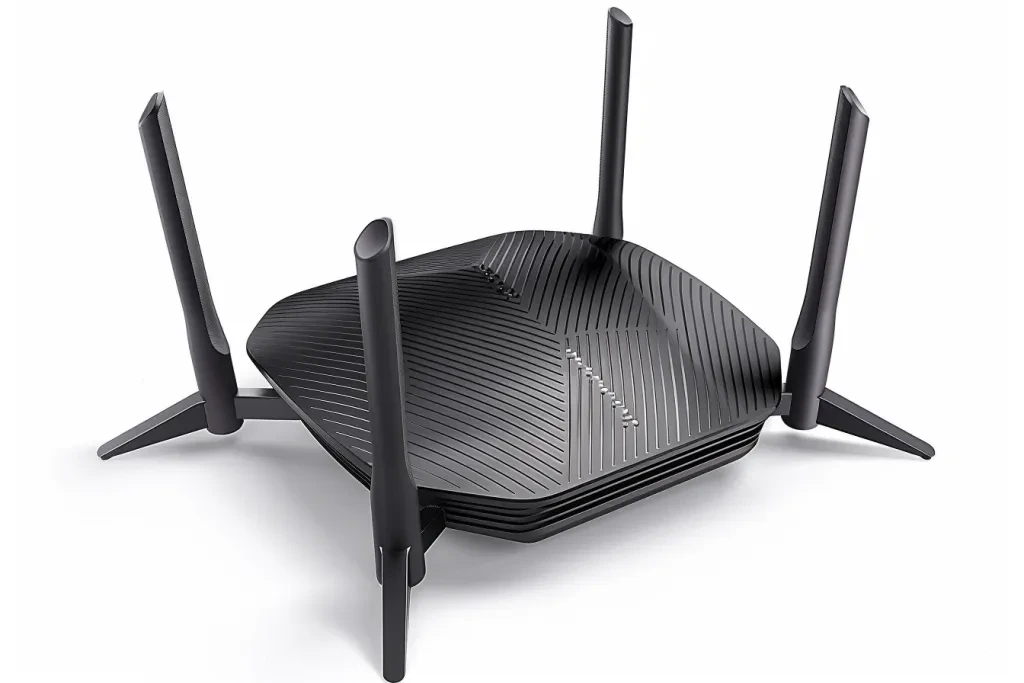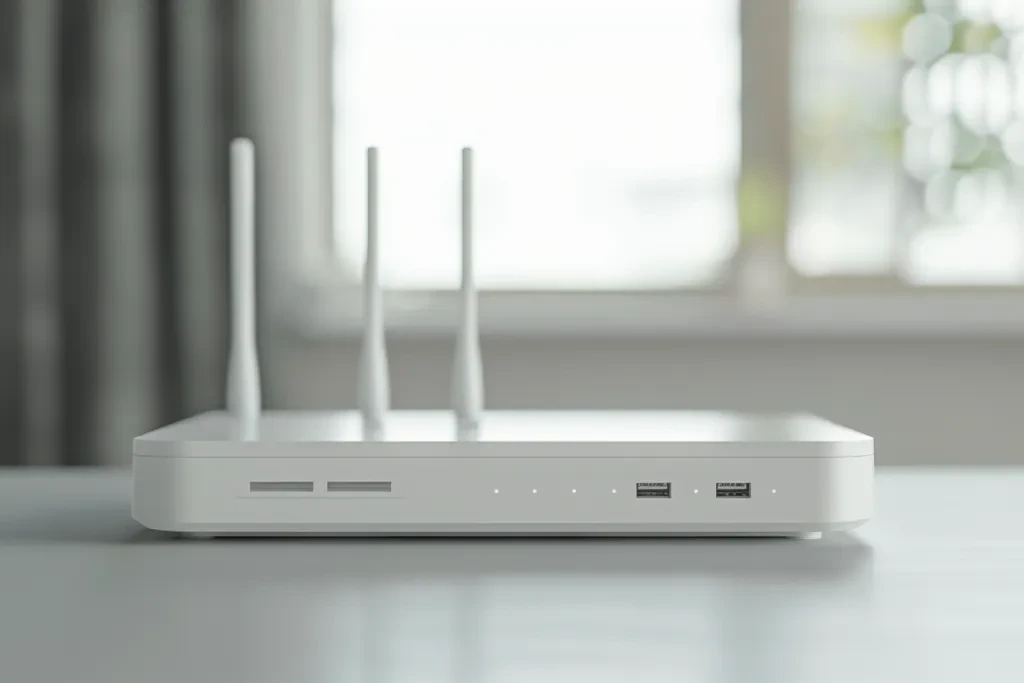A wireless router is the beating heart of a modern connected home or office. It keeps you online and ultimately, it’s what makes everything else work. While you might take your wireless router for granted, it’s actually your gateway to the internet. Without it, you’d spend all day stuck on hold listening to bad music while you wait for customer service to put through a ticket to look up an old email address or to get a voicemail retrieval code. The wireless router makes all the daily online stuff work, from delivering a streaming video to gaming, remote working and virtual classrooms. In fact, if you’re using the internet for anything in your home or office, then you’re almost certainly using a wireless router. So, what is a wireless router? How does it work? And how can you get the most out of it?
Table of Contents:
1. What is a wireless router?
2. How does a wireless router work?
3. Benefits and drawbacks of a wireless router
4. How to choose a wireless router
5. How to use a wireless router
What is a wireless router?

A wireless router (also known as a Wi-Fi router or sometimes, incorrectly, just a ‘router’) is a device that connects your local network to the internet, and has the ability to wirelessly join many separate devices to form a single internet connection. Rather than wanting to connect all of your devices to the internet (laptops, smartphones, smart TVs and any number of other smart devices) with wires, you can do so with radio waves instead. These days it’s common for a wireless router to be given the same name as the whole set-up, including the wireless access point in the name, but a wireless router is still essentially a router with wireless access point functionality added, which is already sufficient to empower the device with a broad range of functionalities — from traffic direction to security for your network.
How does a wireless router work?

Your wireless router connects to your modem that gives you internet access and then broadcasts the internet signal as a wireless signal so devices can connect to your network. It sends and receives a signal on a radio frequency band as either 2.4 GHz or 5 GHz. It also gives each device on the network a local IP address that allows them to speak and listen to each other and to the internet. Higher end features include Quality of Service (QoS), which gives priority to traffic when you stream video or play multiplayer games, and security protocols such as WPA3, which prevent unauthorised users from accessing your network.
Benefits and drawbacks of a wireless router

The most important advantage of wireless router is the convenience it adds to your life. You can connect as many devices to the Internet simultaneously, while not being tied to one location by cables.
The wireless router allows creating a home network, where you can share files and stream media across the devices that are connected to it. However, wireless connections are not always stable and reliable, as they are usually slower than wired ones. In addition, wireless technologies can be affected by a crowded area, where many networks work simultaneously.
Another problem can be security. It is easier for someone to gain unauthorized access to a wireless network if it is not secured properly.
How to choose a wireless router

Think about how you use the internet, how big a space you need to cover, and how many devices you intend to connect to the router when selecting a wireless router. For intensive use, such as gaming and streaming high-definition video, you should look out for routers that offer dual-band or tri-band features, which create separate channels for different devices and help to reduce interference, thus improving speed. Coverage also means everything – a large house may need a router with stronger signal, or a so-called mesh system, in which multiple units are dotted around the home, each repeating the signal from the main one, to tackle dead spots. Finally, check whether the router supports the latest security standards, and how many Ethernet ports you have for any wired devices you need to connect.
How to use a wireless router

Wireless routers require a little more setup: they plug into a modem, you set them up via a web interface or app, you plug in your device to your network, you change your network name (known as your SSID) to something secure, you change your password to something secure, you make sure you have the latest version of the router’s firmware, and you locate your router so that you get good coverage around your home, without putting it too close to large metal objects or microwaves.
Conclusion: A wireless router is an invaluable device that helps you bend the internet to your will, allowing you to enjoy the freedom and flexibility of using the internet on your own terms. By learning about how they work and how to select and use them appropriately, you can ensure that you have a smooth, secure, and fast online experience whether for work or play, or for any other purpose at all. A wireless router is your portal to the infinite possibilities of the internet.




